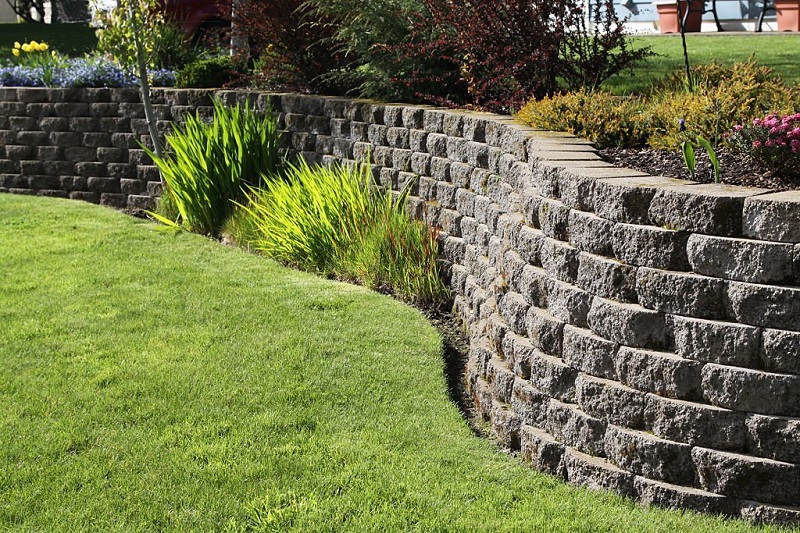Everything You Should Know About Types of Retaining Wall

The design of retaining walls may seem straightforward and a piece of decoration to some. However, like an iceberg, there is generally much more going on under the surface of retaining walls than most people are aware of. In fact, not having a retaining wall can be proven dangerous sometimes. And to build one, you would need the necessary knowledge, care, and skill.
Failures of retaining walls may result in significant financial losses to property and infrastructure, as well as catastrophic injury and death. Because of this, it is often preferable to have a retaining wall planned by an engineer and erected by a retaining wall builder who has received the necessary licence to provide a safe, efficient, and cost-effective retaining wall solution.
What is Retaining Wall
As defined by the American Society of Civil Engineers, a retaining structural system is used to preserve soil at two distinct elevations (formed by cut and fill) by holding the soil horizontally and resisting the lateral stresses imposed by earth pressure. It must follow the aspects:
- It must be more than 800mm in height and less than 15m in width.
- Connected directly to the ground at a greater than 70-degree angle.
Different Kinds of Retaining Walls
There are many various forms of retaining walls, each having a unique surface look and design. Here are some examples. You may find their hidden design complexity behind and beneath the wall. Also, the walls include footings, drainpipes, geotextiles, waterproofing, and numerous types/sections of backfill and surface soils, among other things. The following are the most common forms of retaining walls-
#1. Walls With Sleepers (Timber or Concrete)
This is the sort of retaining wall that most people picture in their minds when they think about retaining walls. Horizontal wood or concrete walls are joined to the backs of posts that are almost vertically placed into concrete foundations.
Pros
- AS4678 specifies that concrete sleeper walls with galvanised steel supports must have a design life of 60 years or more.
- When it comes to aesthetics, there are several alternatives available, including different types of wood and coloured and patterned concrete sleepers.
#2. Natural Cut Stone (Sandstone) / Boulder / Gabion Wall Construction)
Heavy, often broad-based materials are used to construct these walls in order to harness gravity and provide strength and stability. This wall style has been around since antiquity (some are still standing), but there are many things to consider before constructing one yourself.
Pros:
- Cost-effectiveness-wise, it is in the centre of the pack.
- Installing on a shallow rock with little or no footings is a good option when space is restricted.
- Appealing on a visual level
What Are the Benefits of Retaining Wall?
Building a retaining wall saves you and your neighbours in many ways. well, here we have gathered some of the benefits:
- Prevents damage to close structures: if your property is situated on a lower side, there are chances that it will start falling a bit at a time. A retaining wall keeps that from happening.
- Controls erosion: One of the most important benefits of retaining wall are that it keeps the erosion away. A slopy area tends to lose soil which causes the erosion.
- Helps in times of heavy flood: Whenever there is heavy rain, it becomes really dangerous and cause severe property damage. Having a retaining wall can save everyone from that.
Wrapping Up
If you’re planning to have a retaining wall constructed, it’s not only a good idea but a necessary one because it is connected to you and your neighbours’ wellbeing. It saves from huge property damage.